Jig Fishing Tips for Early Summer and Beyond
Any bass angler worth their salt has a pile of jigs readily available in their boat. It is common knowledge among serious anglers that this bait is responsible for more big bass than any other. It has earned the reputation as a big fish lure, but it has also earned the reputation as being the most versatile lure on the market. Compare it to a Megaware KeelGuard. No matter the boat – Ranger, Skeeter, Nitro, or pontoon boat – a keel guard in a matching color exists. Similarly, there is no body of water that a properly selected jig will not be effective. Today I’ll be sharing some of my best jig fishing tips for early summer and beyond.
Jig Fishing Tips Year-Round
Jigs catch bass from coast to coast during all four seasons. They can mimic crawfish, bluegills, or shad. And, no matter where or when, one of these forage species is always on the menu for hungry bass. There are a gazillion different companies offering jigs. Major brands such as Strike King offer a variety, while John Doe anglers make their own variety in the garage. Personally, I use a Facebook sensation company’s 9k Elite Lures because of their hand tied skirts and trailer keepers. But any search on social media or Google will bring up countless options.
This is a bait you should have sharpened and ready to go in early summer, but to fully understanding its versatility, we must begin much earlier.
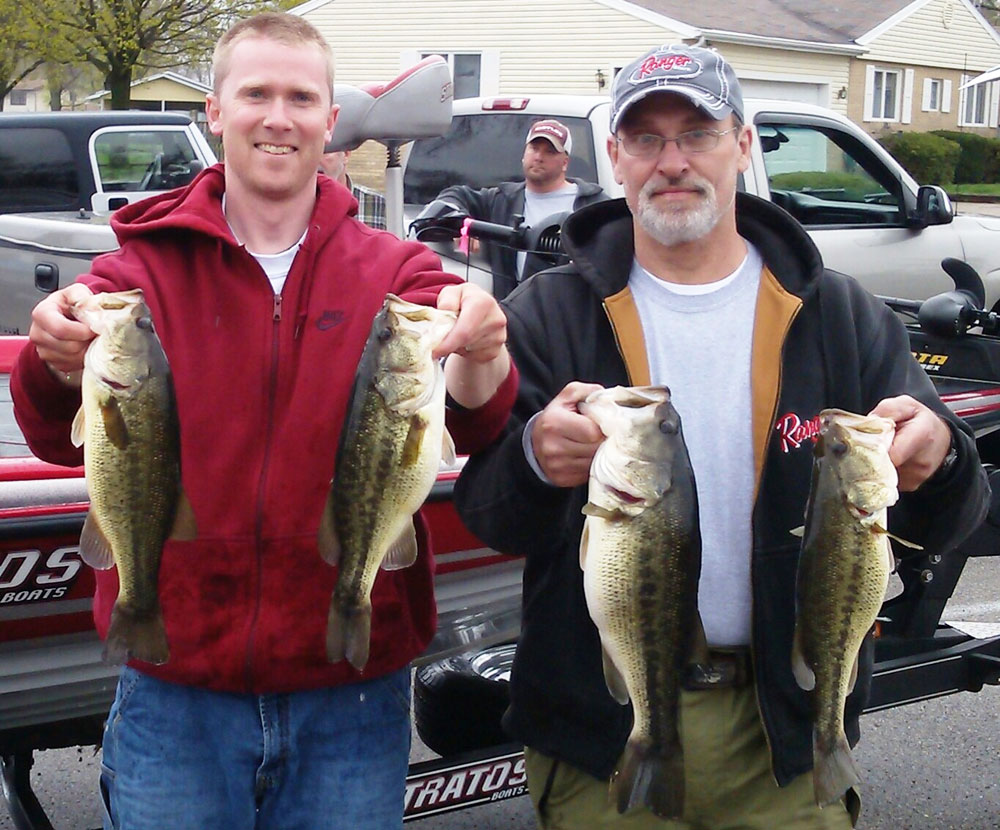
Jig Fishing Tips – Winter
In the North where lake surfaces routinely freeze, bass often focus on schools of bluegill throughout the winter. Before and after the ice, a jig mimicking bluegill can catch many of the largest in the school. Selecting the proper trailer is pivotal, but it is more important to select the right jig – a “swim” jig. The difference between different jigs lie entirely in the head and a swim jig is made to glide through the water. A slow retrieved swim jig with a matching bluegill colored swimbait is deadly in cold water. Even with water temperatures in the upper 30’s, bass often cannot resist this matchup.
The key is retrieval speed. Turn the handle of the reel only fast enough to ensure the tail of the swimbait is undulating. Typically, the line between the tip of the rod and where it enters the water should be sagging. It will lose its effectiveness if the tail is not moving, or if it is moving too rapidly.
Patience is the name of the game during retrieval, but also when detecting a bite. Set the hook too soon and it is typical to miss the fish. This is because lethargic bass in cold water often follow the bait from behind before striking. And when it does, they’ll normally just get the tail into their mouth. Thus, setting the hook immediately on the bite just pulls it out of its mouth. As difficult as it may be, it is vital to not to set the hook. Continue the steady retrieve until you feel constant pressure on the bait, which signals the bass is swimming away with the bait and the majority of it is in its mouth. Once you feel that constant pressure, it’s time to show it who’s boss – set the hook.
Jig Fishing Tips – Spring
Regardless of where in the country an angler resides, a jig is a great option for hungry pre-spawn bass. While the southern states’ bass find crawfish readily available during their feeding binge in preparation for the spawn, up north the crawfish come out of hibernation giving another option for them.
To mimic crawfish, a different jig and trailer are necessary, and oodles of options exist. For the jig, an Arkie style is effective, but any kind of pitching jig will work too. “Chunk” trailers are basic and have stood the test of time for a reason – they work. They are made by nearly every soft plastic company that offers jig trailers, but the Zoom “Chunk” is considered the godfather of this design. Essentially, they have two “flaps” that undulate as the jig glides through the water.
The hottest rage of jig trailers to mimic crawfish today is a “rage” trailer. Again, many options exist from a bucoo amount of soft plastic companies, but Strike King gets credit for making the “Rage” trailer mainstream. Like the chunk, the rage also has two “flaps” that undulates as it moves through the water, but the action is much more aggressive, making it more difficult for a bass to ignore.
Both work, but on certain days, one works more than the other does. What I have found is when the water is active from waves or rain, the more aggressive trailer is more effective. Contrarily, when the surface is calm, the chunk gets the nod. I theorize that when the water is active, so is the entire ecosystem. The plankton is stirred up, which causes a similar reaction to the small species that prey on them. Consequently, the species that eat the small species eating the plankton gets active. And up the food chain it goes.
Action to mimic crawfish is more sophisticated than mimicking bluegill. Crawfish do not swim. They crawl and sometimes jump along the bottom. When they feel threatened, they point their pincers upward. Unfortunately, this pose does not strike fear into a bass and it gives up its location. If fishing around rock, crawling a jig along bottom is reliable retrieve. However, if around aquatic vegetation, popping the jig through is is effective.
Jig Fishing Tips – Summer
The lessons and retrieves from the two previous seasons can also apply to jig fishing tips during the summer. The challenge is determining what the bass are foraging on. However, a third option for summer is flipping and pitching heavy cover for reaction bites.
Fish do not have eyelids, and after weeks and months of strong sunlight penetration and an inability to blink, bass often seek out shelter from the sun. Docks, boats, and thick weeds offer this shelter. Flipping and pitching jigs are the best jig for this technique.
Slinging jigs with crawfish trailers to these places is an effective strategy to catch the lake’s biggest bass. Largemouth bass are a bit like grizzly bears – the biggest bass take the prime real estate in the best spots. Thus, big, rogue bass can take claim of a single boat dock, moored pontoon boat, or under lily pads waiting for an easy meal. Countless derbies are won each year by anglers with this strategy. A sudden jig plopping in front of them often garners a reaction bite.
Targeting the shady spots on a row of docks is obvious, but practice is necessary to master the presentation (How to Get Better at Casting). More challenging is efficiently casting to a stand of lily pads or dense vegetation. To start, don’t show up light-handed. These bass are around strong cover and will quickly break 10-pound fishing line. Use a strong rod (see “How to Choose the Right Fishing Rod”) to wrestle them out and match it up with 50-pound braid line.
Bass are largely ambush predators, and hanging out around dense weeds is the perfect ambush location, so look for spots that are ideal for ambushing. Bass wait for objects to fall through the cracks and holes, and wait for prey to scurry over their heads. Thus, tossing jig into small holes and along edges are ideal locations. Where two types of vegetation meet, is a classic ambush location. A log, or other debris, among the weeds is a dynamite spot.
One lesson that was hammered home to me several years ago that was difficult to accept was how close an angler can be to bass and catch them. I’ve always been enamored by my ability to make long casts and refused to accept anything else as acceptable. This is until my friend Jim Wheeler was pitching his jig into pockets along a weedline just 10 feet in front of him. The bait was sinking 8-10 feet deep and he cleaned house. Since then I’ve swallowed my pride and call this style of fishing “close combat” fishing. If you’re looking at a bass looking area, pitch into it no matter how close you are.
Jig Fishing Tips – Fall
When the water begins to cool down and bass begin to put on their feedbag in preparation for winter, almost every lure in the tackle box can catch fish; but the jig continues to routinely catch the biggest. That should be emphasized more – jigs do not catch the most fish, they catch the biggest. As a tournament angler, I am after the biggest five bass of the day, which means I often put baits that catch quantity of bass down for the jig that will catch larger fish. No time of the year is this more true than during the fall.
Jerkbaits, spinnerbaits, and crankbaits are excellent producers for numbers of fish during the fall, and I will often begin with those baits to catch a limit. However, when I get greedy and want quality, I pick up the jig.
The same areas that produce during the pre-spawn (See “How to Catch Big Bass All Spring with Trait Zaldain”) usually produce best during the fall as well. Keep in mind that as the water cools, the weeds begin to die. Decaying weeds take the oxygen out of the water, so finding lush, green weeds are often a magical ingredient. Bass are roaming more now, but will still hunker down around green weeds to ambush. I tend to use a retrieve that mimics crawfish in early fall, but as the water gets colder and leads to winter, I opt for a swimbait trailer to mimic bluegill.
In order to be a versatile angler and having a knack of catching quality bass, a jig must be part of your arsenal. Oh, just as a Keel Guard is a necessity to protect your boat. Anyway, I hope these jig fishing tips help you out year-round. Happy fishing!

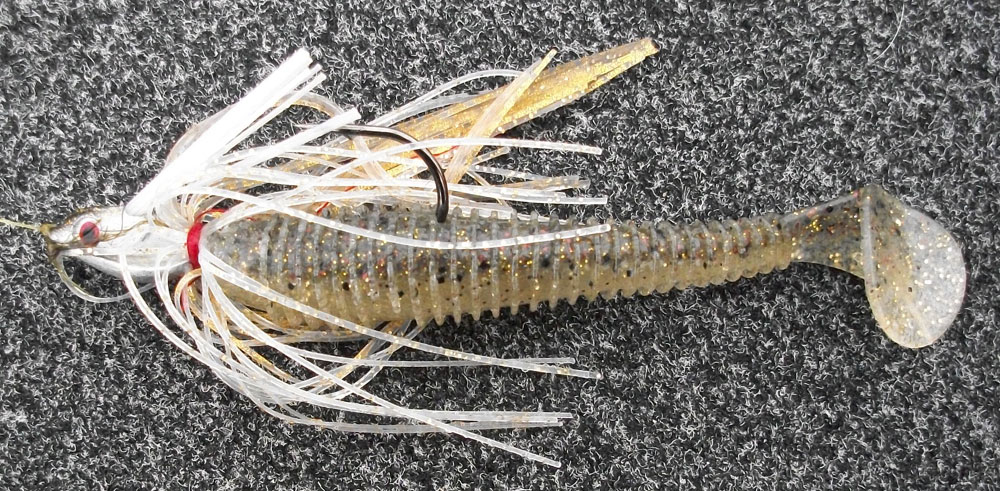
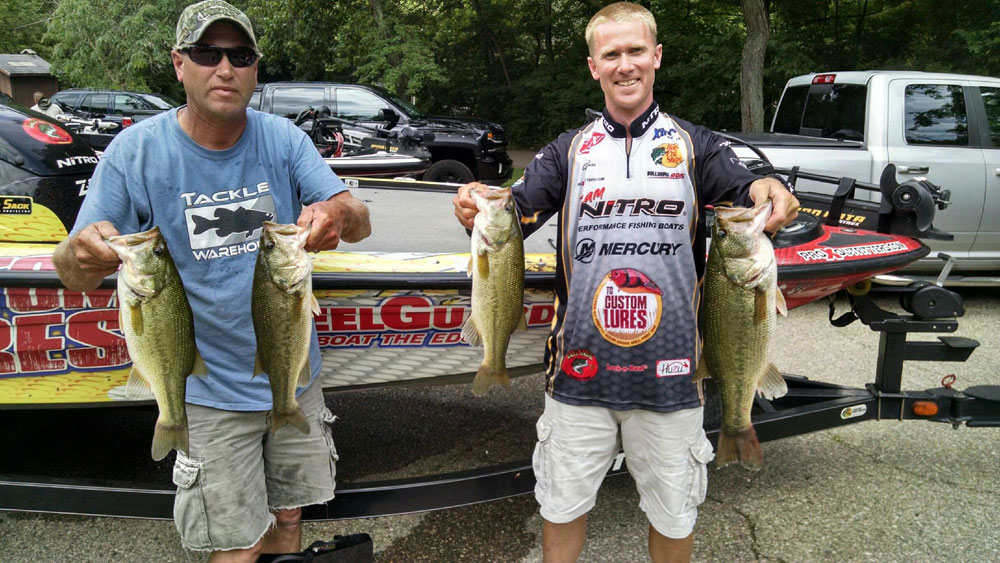
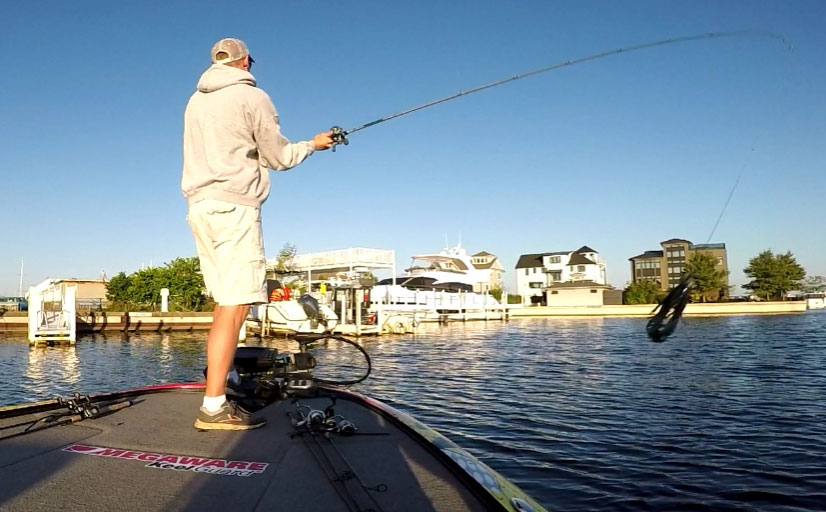
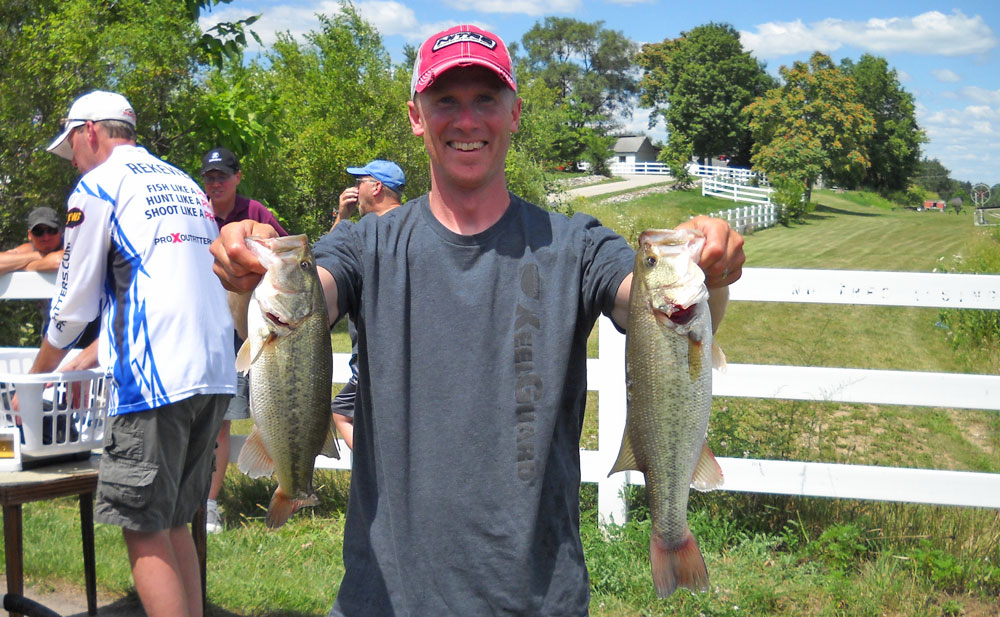


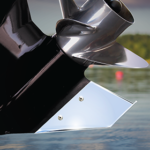
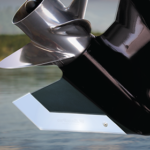

Comments